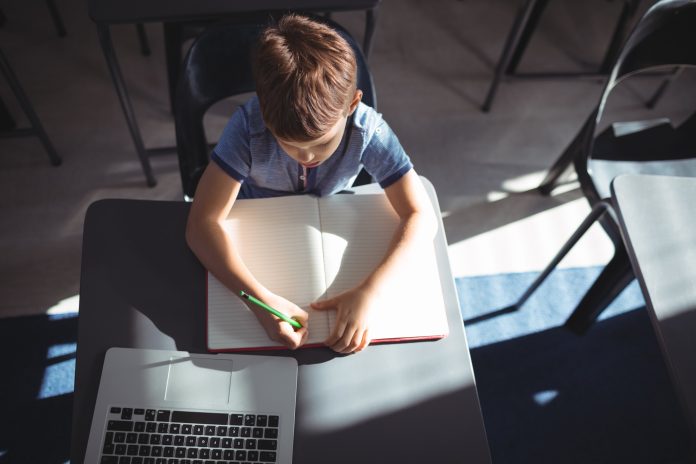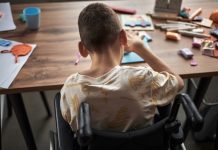ONS data suggests that the difference between remote learning and classroom teaching was biggest for schools in deprived areas – with some teachers only able to contact 50% of their pupils
When UK schools closed their doors in 2020, the fate of education was left to a previously untested mass system of remote learning. For some pupils, the disconnect between going to a classroom to staying at home was too great – teachers across the country worried about the children with difficult home lives and no access to technology.
Across the country, domestic abuse increased during lockdown. Loneliness and mental health issues created the perfect storm for existing issues. In homes with socio-economic deprivation, access to a laptop for a solid working day can be difficult – sometimes, children are attempting to join remote learning via their parents phones.
According to the The Education Endowment Foundation, UK school closures over 2020 could create an increased gap between vulnerable pupils and their peers by roughly 36%.
an increased gap between vulnerable pupils and their peers by roughly 36%.
Now, ONS figures reveals a clearer picture of how remote learning worked for schools with different levels of deprivation.
The new data suggests that, based on a calculation of free school meal eligibility, schools with higher levels of deprivation had a harder time covering planned lessons in comparison to those with lower levels.
Some teachers in areas with greater deprivation found that they were only in regular contact with 50% of their pupils, while those in affluent areas were able to stay in touch with their pupils 67% of the time.
The data further revealed that schools with little deprivation depended less on parental instruction, while teachers with a higher proportion of deprivation at their schools depended more on parents to step in and help.
Parents were also depended on largely more for primary school students than high school students.











